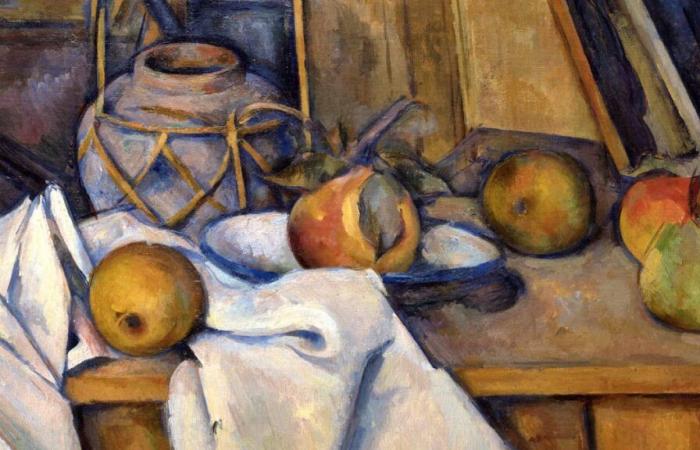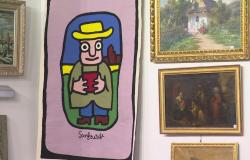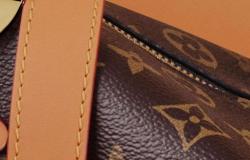The Langmatt Museum in Baden (AG) announced on Thursday amicable agreements with the heirs of the ex-owners of paintings by Paul Cézanne and Eugène Boudin, two works which could have been looted under the Nazis.
The museum has published the results of a study into the origins of its 13 paintings, most of them impressionist. They were acquired between 1933 and 1940 by the couple Jenny and Sidney Brown, members of the co-founding family of the electrical engineering company Brown, Boveri & Cie. (BBC), now ABB.
The study on the origin of the 13 paintings, supported by the Federal Office of Culture, lasted almost three years. For 11 of the works, “no clue or proof of art looted by the Nazis was found at the end of the research project, or such a link could be excluded”, indicated in a press release the museum, which houses one of the most important private collections of French impressionism in Europe.
Two works, however, were classified in the so-called “clearly problematic” category, he explained, adding that in both cases “a fair and equitable solution was able to be found” with the heirs.
The painting “Fruits and Ginger Pot” by Paul Cézanne was one of three works by the French painter which were sold to save the museum from ruin during an auction organized by Christie’s on November 9, 2023 in New York.
The museum indicates that in the fall of 2023, a document was found in an institute housing archives in Cologne which allows it to be concluded that the sale of this painting on November 5, 1933 by an art gallery in Lucerne to the Browns “could be considered a confiscation linked to Nazi persecution. “The Langmatt Foundation then proactively contacted the heirs of the former owner Jacob Goldschmidt (1896-1976) and reached an agreement,” the museum says.
The research also made it possible to show in 2022 that the painting “Fisherwomen on the beach at Berck” by Eugène Boudin, another French painter, was one of the works sought by a German foundation which developed a database relating to works plundered by the Nazis.
Here again, the Langmatt Foundation “proactively contacted the heirs of the painting and reached an agreement” for compensation so that the work could remain the property of the institution and be exhibited in the Swiss museum.
The Browns purchased this painting on May 23, 1936 in a gallery in Geneva. It belonged at the time to Richard Semmel (1875-1950), an industrialist and collector of Jewish art.






